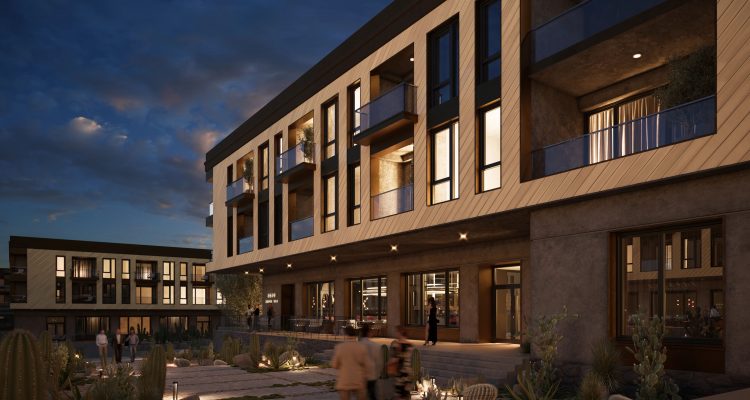Fiberon Wildwood Composite Cladding (Fiberon Wildwood) offers architects and designers a variety of natural looking colors and realistic wood textures in the form of sustainably built boards. In fact, Fiberon Wildwood received a 2023 Green Good Design Award from The Chicago Athenaeum: Museum of Architecture and Design and The European Centre for Architecture Art Design and Urban Studies.
Fiberon Wildwood is made from 94 percent mixed recycled wood fiber and plastic content. Of that, approximately 50 percent of the recycled wood content comes from sawdust, clippings, and other scrap materials from Fiberon’s own manufacturing processes. To create a single composite cladding board, as many as 2,000 recycled plastic bags may be used.
The advanced composite materials used to create Fiberon Wildwood also provide excellent durability. When compared to traditional solid wood, Fiberon Wildwood’s resistance to decay and rotting from exposure to the elements and to destruction by insects is superior. Fiberon Wildwood’s three-sided cap layer deflects water, providing resistance to the staining, fading, and deterioration from freeze-thaw cycles that often occurs in wood cladding.
Other benefits of Fiberon Wildwood include resistance to fading from sun exposure, and it never needs sanding or painting.
Fiberon doesn’t focus solely on sustainable materials. Sustainability is also a key to its manufacturing processes. Plants use a closed-loop water system with reservoirs storing and recycling water with billions of gallons being saved from ending up as waste.
Fiberon recently issued an Environmental Product Declaration for Wildwood Composite Cladding, offering information on raw material extraction, manufacturing, product disposal, and more. “We proudly make products that are good for both your building and our planet,” said Kate Haws, Fiberon’s director of brand marketing. “Each chapter of our composite cladding story starts from environmental consciousness, which is why we’re happy to share our full sustainability story with full transparency.”


